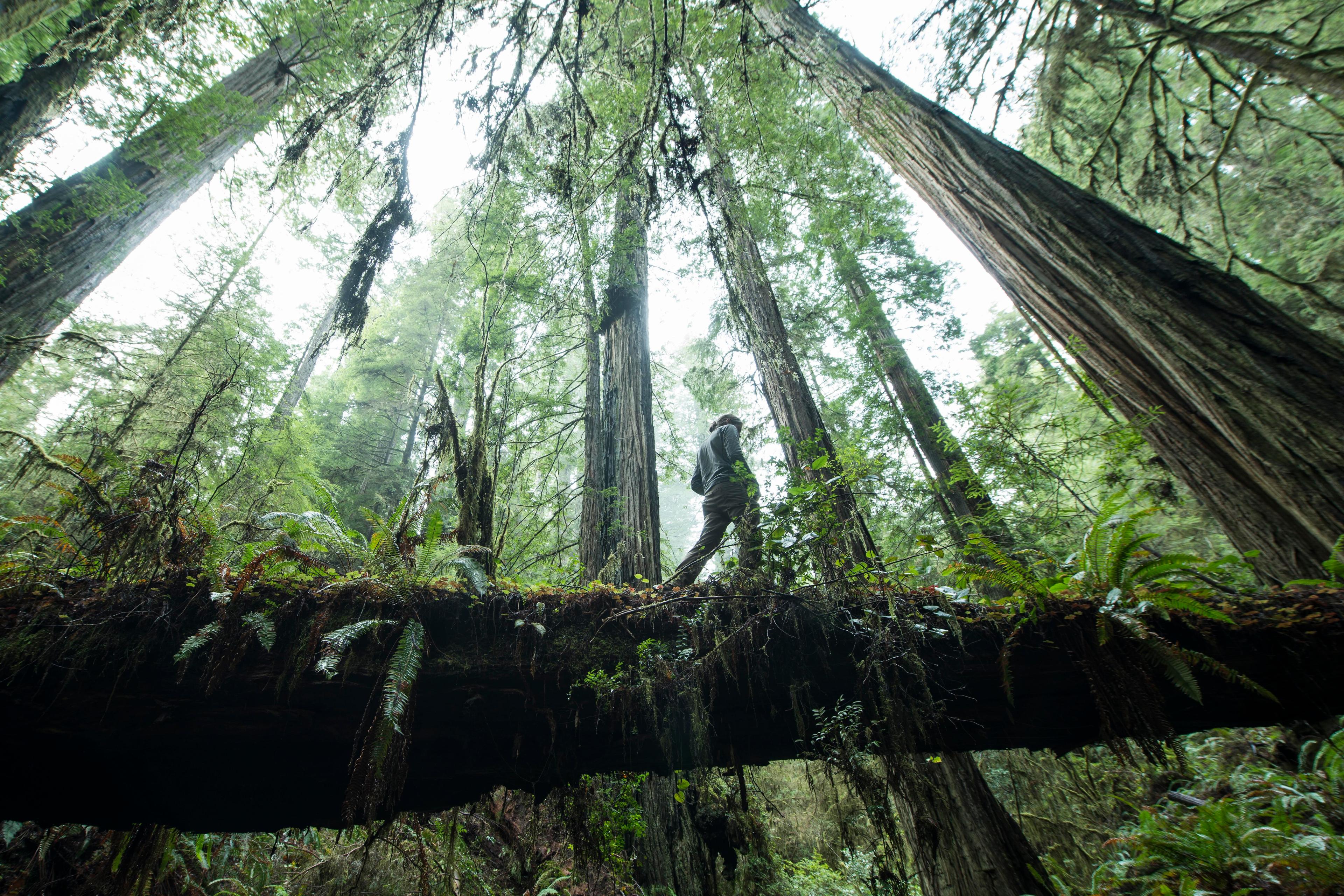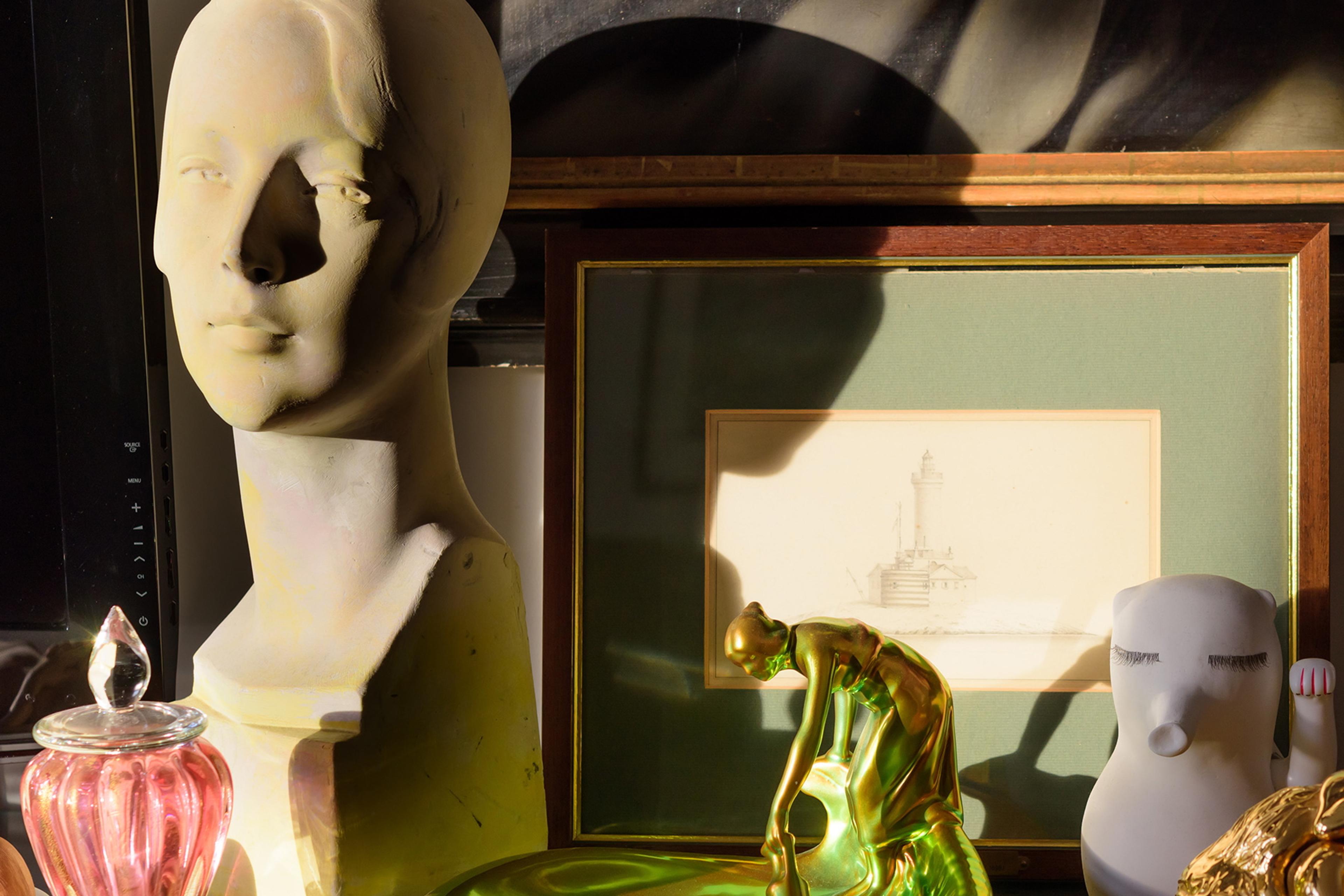In the middle of the world we float
In the middle of the sea
The realities remain remote
In the middle of the sea
… And kings are burning somewhere … not here!
– from ‘The Advantages of Floating in the Middle of the Sea’, Pacific Overtures (1976) by Stephen Sondheim
Islands are curious places and, in the natural world, their insularity is an extremely impactful evolutionary force. They are refuges, arks and laboratories for species and for strategies that are untenable on the mainlands. This is why so many unique and charismatic species develop on islands.
Take the kakapo – the world’s heaviest parrot, native to New Zealand. The kakapo is flightless, which allows it to grow considerably weightier than the next heaviest parrots, the hyacinth macaw and the palm cockatoo. The reason it is able to survive without flight is because of its island home. Its ancestors flew in to New Zealand. But New Zealand is a group of islands, separated from the rest of the world, and unique in one critical way: it has no ground-dwelling native mammals. Absent land predators, the kakapo’s ancestors could forgo flying in exchange for two other advantages: larger size, which confers physical robustness, and access to the empty niche of a ground-dwelling forager, normally filled by mammals. In time, these birds lost flight completely, and yet were perfectly adapted to success in New Zealand.
But only in New Zealand, and only as it was. There is no niche for a slow, flightless parrot on other landmasses, where mammalian predators would make a quick meal of a kakapo. And the introduction of the worst mammal of all – the domestic cat – to the kakapo’s island home contributed to the near-eradication of this species.
The power of insularity, as exemplified by the kakapo, is evident on islands of all sizes. Australia, king of the islands, has famously served as an ark for older lineages of mammals – marsupials and monotremes – that died out in most of the world as placental mammals rose to dominance. Here we have unique marsupial and monotreme species that fill the niches of placental mammals on other continents: kangaroos for deer, sugar gliders for flying squirrels, echidnas for hedgehogs, and so forth. But these species are not interchangeable. The Australian species are placed at risk when they have to compete with more cosmopolitan placental species, adapted for competition in the wide worlds of Afro-Eurasia and America.
In evolutionary biology, allopatry is what we call it when two species, or groups of species, evolve to become different from each other as a result of physical separation. This can happen because a land bridge disappears, or melting ice leaves an uncrossable strait. The result is that two groups that once interacted and exchanged genetic material stop doing so, and they drift apart. New mutations arise on one side but not the other, and conditions on each side place different selection pressures on the slowly mutating genomes. After a time, the two groups have become distinct – often remarkably so.
Allopatry is an evolutionary phenomenon, which means it is a consequence of selection. And like all phenomena that are consequences of selection, it exists both in the natural world among species, populations and clades, as well as in the realm of culture, human interaction and memes. Like marsupials and monotremes, some cultural ideas can survive in allopatry but break down in the face of dominant ideas from far away. Insularity provides allopatric protection for culture just as it does for species.

Two Dutch ships and numerous Chinese trading junks in the port of Dejima in Nagasaki habour, c1820. Courtesy the British Museum
Japan is the canonical example of a culture that developed in isolation. For more than two centuries until 1853, foreigners were barred from the country, and Japanese people were forbidden from leaving or re-entering. The knowledge and products of the outside world entered Japan only through the port of Dejima, a single valve under the close control of the shogunate government. The result is a culture, which persists today, that fascinates outsiders for its very uniqueness. The insularity in which it developed during that period resulted in various aesthetics, conventions, manners, foods, art, mores and more that were grown, refined and integrated internally. When Japan opened to foreign trade and influence, the result was a cultural earthquake, with rapid changes to society and a sudden clamour to cope with the influx of the outside world, which threatened to change everything.
Mukojima, Tokyo, 1895. Courtesy Tokyo Photographic Art Museum
Human cultures have been experiencing a worldwide breakdown of allopatry: what happened to Japan in the mid-19th century has been happening by gradations everywhere, as technology, travel and an ethic of internationalism break down borders and boundaries. This is often touted as a good thing, as it allows products to be exchanged, prejudices to be undermined and people to move freely. But it also poses a threat to culture. The cultural ideas (what was originally meant by ‘memes’) that are most suited to global dominance crowd out cultural ideas that developed locally and have deep meaning to the communities that created them.
Though not the best measure of this change, one of the most quantifiable is what people buy. Here we see signs of the loss of cultural allopatry, playing out across generational groups. For instance, according to a recent survey in the United States, the youngest group included, Gen Z, is the least likely to place importance on products being made in the US. It is also the most likely to have purchased durable goods from an international brand in the past year. Moreover, those metrics smoothly increase and decrease respectively as you follow generations back in time through Millennials, Gen X and Boomers.
Heritage languages are dying, along with local customs
I would argue that this is not to do with opportunity – nearly everyone in developed economies knows how to shop online now. Instead, this is about memes. I am a Millennial, and in my college years in the US, my peers were suspicious of ‘brands’ in general. Like most young people, we sought authenticity and, in our case, this manifested in the embrace of the local, the handmade, the unknown-outside-this-area. In the younger generation, I see a love of brands that have meaning across borders. This is true of the LVMH luxury side of things as well as the day-to-day basics. I propose that younger people’s embrace of Gucci, Stanley drinkware and KFC is an evolutionary response to the loss of allopatry. Back in my New England college days, wearing moccasins from the (now-closed) Arrow Moccasin company was a hyperlocal shibboleth, an effective signal to locals of the style and values you prioritised. But posted on Instagram, such a product is meaningless to potential followers and likers who have never heard of it. Adidas has no such handicap.
Louis Vuitton, McDonald’s, Coca-Cola – these are the placental mammal memes among the artisanally produced marsupials. They are adapted for cultural dominance, not for place and people, and they run roughshod over a culture that gives them a habitat as large as all human attention.
This is happening in many places, and to many other things. Overtourism protests are lashing out in European cities that are losing their character as they scramble to cater to the most profitable average of all visitors’ tastes. Heritage languages are dying, along with local customs: the average age of Japanese blacksmiths, Ecuadorian hat-weavers and Catholic nuns is rising every year.
Insularity, both in the literal sense and in the cultural sense – of distinction and difference of peoples – is what makes room for nuanced and varied cultural ideas to emerge and survive. Historically, allopatry was higher even among cosmopolitan places, affording the chance for local culture to exist at high-traffic crossroads. This is why Florence looks like Florence, Shanghai looks like Shanghai, and Timbuktu looks like Timbuktu. Internationalism is the reason that absolutely everywhere seems to look a little like Vancouver. A long-dominant architectural style was even called ‘the International Style’, a conscious nod to the fact that the loss of insularity of place is scraping the planet clean of local style.
Social media, easy travel, a global mindset and international corporations have let the cats loose in our cultural islands. The meticulously crafted culture of a people bound to a place can no more survive this change than flightless parrots can cope with mammalian predators. I am not saying that these things should be abolished (except social media, I am saying that). But they have downsides. They destroy even as they create, just as all evolutionarily successful species must build their success on the graves of the species they outfoxed.
Are you caught up in the culture of the nation while the culture of your street rots?
The kakapo barely escaped extinction. It was thought gone, but found in minute remnant numbers on Stewart Island at New Zealand’s south. Stewart Island had fewer ground predators, but it did still have feral cats, and the population of kakapo were subsequently rehomed to two other, smaller islands that were confirmed to be mammal-free. There, the species has begun a slow recovery, from as few as about 50 in the 1980s to about 250 today.
If the cats loose in our culture cannot be contained, then sanctuary is the next best hope we have. We need a resumed insularity that protects something of the local and distinct against the prevailing avalanche of monoculture. We need to find ways to put up borders around the communities that matter – not physical borders, but cultural, memetic ones. This requires a mindset of insularity. It requires asking questions like: how do I make my street, my neighbourhood, my city look like my street, neighbourhood and city? How is it distinct? What do we value that others don’t? It also requires the cultivation of a little bit of suspicion for the popular, the trending and the viral. We have to remember that memes, like genes, are selected for their propensity to spread. The popularity of an idea is evidence only of the fact that it is good at spreading, not that it is necessarily a good idea.
In the face of the crashing wave of monoculture, we need to build our barques. It is time for a renaissance of the local shop over the superstore, of the parish over the megachurch, of the gated quadrangle over the open campus, of the village over the suburb. This means ‘thinking small’, making decisions that affect a narrower sphere, but in more profound ways. Real culture – and one’s sanity – rests on not concerning oneself too much with the grand affairs of the nation and the world. It rests on realising that what matters is the busy trade in coffee and pastry at Sophia’s ramshackle café down the street; the street with the matched ceramic flower boxes made by Lupe, who teaches pottery at the high school, and installed by Richard the handyman, who hosts Christmas drinks on the 22nd every year. So what part are you playing? Are you patronising the café, planting flowers, hosting events? Or are you caught up in the culture of the nation while the culture of your street rots?
Critically, fostering a distinctive culture must be done in real space and in real time. The internet is of little use here – it is, rather, the problem. You cannot create an insular ecosystem by choosing members from around the world who think just like you. Insularity means doubling down on whatever crew of misfits happened to land next to you.
On some level, people already know the value of insularity. Travellers invest money and effort to visit places like Japan, Venice, Santorini, Cuba or Hawaii – places shaped by difference that is itself shaped by insularity, by distance and isolation. Many of us crave restaurants and cultural experiences that feel authentic, distinct from the corporatised monoculture that overwhelms most of our lives. We wish desperately for close-knit communities of people we understand and relate to. Insularity happens easily on islands, but we can build it anywhere. And we should.
